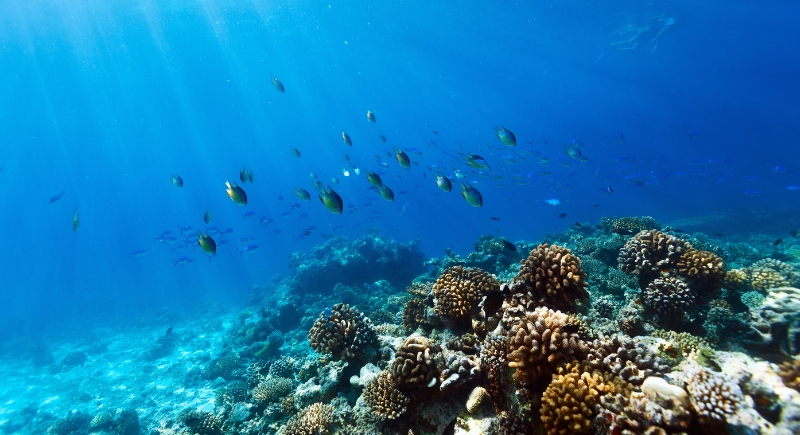Meet the Octopus Mom That Starves for Four Years to Protect Her Eggs
Dedication to offspring takes many forms in the animal kingdom, but few compare to what happens in the deep sea. Elephant mothers carry their calves for nearly two years, and penguin fathers endure weeks of Antarctic winds to keep their chicks alive. Yet one female octopus, Graneledone boreopacifica, surpasses them all by remaining with her eggs for more than four years, ultimately sacrificing her own life so they could hatch.
The Longest Wait in the Ocean
Back in 2007, scientists from the Monterey Bay Aquarium Research Institute sent a remotely operated vehicle deep into the Monterey Canyon off the coast of California. At 1,400 meters or 4,593 feet below the surface, they spotted a female octopus clutching her eggs.
Month after month, year after year, every time the sub returned, there she was in the same spot. For four and a half years, she never left her eggs unattended and kept them safe in a dark, icy world where predators were always close by.
A Mother’s Vigil
Her clutch was modest compared to many other octopus species—about 160 eggs, each the size of an olive, rather than the tens of thousands laid in shallower waters. But these eggs received extraordinary care. She held them close, fanned them with oxygen-rich water so they could breathe, and cleared away silt to keep them from smothering. Even animals she could have eaten were driven off instead, her energy reserved for guarding the brood.
The Toll of Sacrifice

Image via Getty Images/ultramarinfoto
The price for this level of dedication was obvious. Over the years, her body wasted away. Her once strong, reddish skin grew pale and saggy until she was little more than a ghost of her former self. She lost so much energy that she stopped hunting altogether, her only movement a slow shift of her arms to keep the eggs secure.
By the time the young octopuses hatched in 2011, she had disappeared. The empty egg casings were left behind, but she was gone, almost certainly dead from starvation.
Why Four and a Half Years?
Most octopus species brood for months at most. The giant Pacific octopus, for example, keeps watch for about seven months. Graneledone boreopacifica, on the other hand, lives in a world of near-freezing water at just 3°C. That cold environment slows the growth of her embryos.
The tradeoff is that when her babies finally hatch, they are the largest and most developed young of any octopus species. They start life stronger and better prepared, with a higher chance of making it in the harsh conditions of the deep sea.
More Than Just a Tragic Ending

Image via Getty Images/blueorangestudio
Her sacrifice may look tragic, but it’s also the reason her species thrives in such a challenging place. Most shallow-water octopuses live less than two years, but Graneledone boreopacifica can extend her life well beyond that, possibly up to 18 years when the brooding period is factored in.
That long investment means her offspring begin their lives with a considerable advantage. Scientists say this kind of strategy may even become harder with global warming, since warmer waters could disrupt the slow, careful timing of development.
Graneledone boreopacifica doesn’t have a common name yet, but maybe it deserves one: the ultimate mother octopus. Her four-and-a-half-year vigil shows just how far nature can push a parent to give her young a chance, even when the cost is everything she can give.